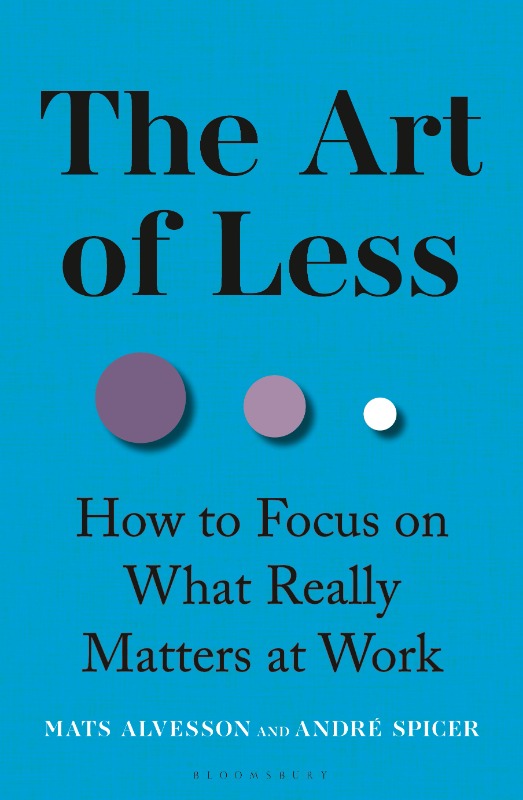search
date/time
 | Cumbria Times A Voice of the Free Press |

Ian Garner
Business Writer
12:00 AM 18th October 2025
business
Business Book Review: The Art of Less

Author Mats Alvesson is Professor of Organisation Studies at the University of Bath and also affiliated with Lund University, Stockholm School of Economics and Bayes Business School, City, University of London.
Co-author André Spicer is the Executive Dean of Bayes Business School. He is also Professor of Organisational Behaviour. He is an expert in the areas of organisational behaviour, leadership and corporate social responsibility.
The book aims to address the need to understand how ‘organisational sludge’ gets in the way of performance and what can be done about it.
The authors focus on what could be described as a “not seeing the wood for the trees” sort of issue; you are too busy to see the time stealers and sharpen your focus. Readers will quickly feel “they’re talking about me.”
They describe the added burden of unnecessary bureaucracy as sludge. They admit to taking the name from economist Richard Thaler, who defined sludge as a “vicious mixture of processes, rules, and regulations which limit people’s scope of action.”

Mats Alvesson

André Spicer
This book goes into detail defining organisational sludge, which is quite enlightening, and many readers will identify the sludge in their organisations.
I found the description of the ‘sludge cycle’ particularly helpful. There are a large number of examples, one might say case studies, that bring the concept to life.
The cycle includes various stages, including overloaded, overwhelmed, and distracted, leading to poor outcomes.
The book provides a comprehensive explanation of what constitutes sludge and how it operates within organisations. However, the sections that prove most beneficial are those dedicated to practical strategies for combating sludge. These chapters provide helpful details about the ways individuals and groups can navigate and reduce the negative effects of bureaucratic or inefficient processes.
Numerous organisations are required to adhere to numerous sludgy processes. Despite these challenges, there is a broad spectrum of methods available for coping with such environments. These methods are frequently employed by both employees and managers but are not often openly discussed.
Techniques for dealing with sludge may be adopted individually or collectively. Sometimes, these strategies merely enable staff to tolerate the existing conditions. In other situations, these approaches allow people to apply the ‘art of less’ within their sphere of influence, streamlining their work where possible.
Employees often make efforts to push back against sludge, at least to some extent. This is sometimes prompted by practical limitations, such as a lack of time to complete every required task, which forces them to prioritise the most important elements of their roles. In these instances, avoiding or minimising sludge becomes simply a means to accomplish their work effectively. Occasionally, employees carefully consider their circumstances and develop sound reasons for reducing unnecessary processes. Their overarching aim is to perform their jobs well, which involves focusing on what truly matters or should matter.
I found the book very helpful in addressing a problem that I recognise but haven’t given enough attention to address. I recommend this book to any business leader who wants to improve their organisation.
It’s not exactly bedtime reading or something you might read on the beach during your holidays, but I would suggest it’s worth the time spent and the benefit delivered.